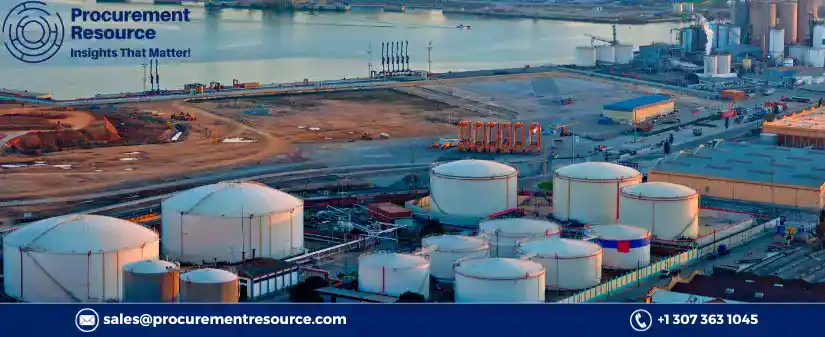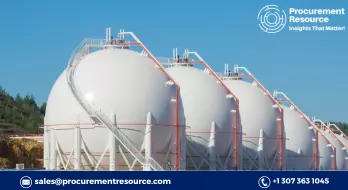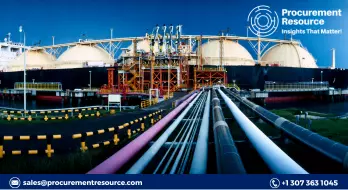Port Kembla, the Pioneering LNG Import Facility of Australia, is Enroute to its Completion

Australia's inaugural LNG import facility, the 2.4mn t/yr Port Kembla, is progressing steadily towards its completion. Currently, 70% of the infrastructure is ready, and developer Squadron Energy is set to soon acquire a floating storage and regasification (FSRU) unit for the terminal. Located in New South Wales (NSW), the facility is projected to be mechanically complete by year's end, overcoming previous delays due to reduced demand for 2023 imports.
Request Access To The Latest Price Trends of LNG
The FSRU, crafted by Norwegian enterprise Hoegh LNG, is soon to be in Squadron Energy's custody. However, Squadron plans to sublease the unit until it is needed in Australia, likely by 2025. Once operational, the Port Kembla facility will cater to nearly 86% of NSW's projected peak demand for the summer of 2025, supplying roughly 304 TJ/d.
Despite the progress in Port Kembla, gas shortages remain a concern, especially during Australia's colder months, as cautioned by the Australian Competition and Consumer Commission (ACCC). With declining local gas production and a stagnating influx of new supplies, NSW and Victoria, the nation's top gas consumer, are increasingly dependent on the transportation and storage of Queensland's coal-bed methane gas.
To counteract the shortage, developers are working on enhancing the gas supply from Queensland's Surat basin with the aid of new pipelines and compression units, aiming for a 13% uplift in the capacity of the pivotal Moomba-Sydney pipeline by mid-2024. Nevertheless, peak demand days might witness transport constraints, as indicated by the Australian Energy Market Operator in its 2023 Gas Statement of Opportunities. Additionally, plans are underway for three other LNG import terminals across two Australian states.
In the realm of renewable energy, Squadron is investing heavily. Its wholly-owned subsidiary, Windlab, is constructing an A$3bn ($1.9bn) renewable energy hub, the Clarke Creek, in central Queensland. Even so, gas-based power is poised to be a crucial component of Australia's future energy landscape, especially as aging coal-powered units phase out. The significance of gas-fired power was underscored in June 2022 when a sudden drop of around 3,000MW from coal-fired generation nudged regulators to step in to stabilize the national electricity market.
Read More About LNG Production Cost Reports - Get a Free Sample Copy in PDF
According to the article by Procurement Resource, Australia's first LNG import facility, Port Kembla, is 70% complete and set to be operational by the end of the year. This facility aims to address potential gas shortages, especially during winter. Despite efforts to enhance gas supplies, peak demand days might still face transport limitations. Concurrently, Squadron Energy, the project's developer, is making substantial investments in renewable energy. However, gas remains a pivotal element in Australia's energy matrix, particularly with the phasing out of coal-powered units.




